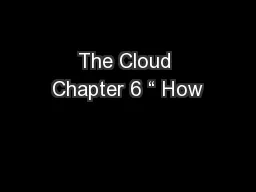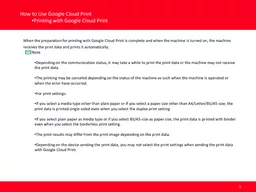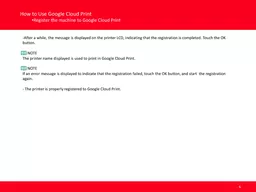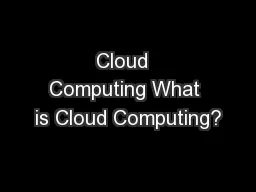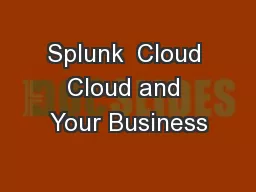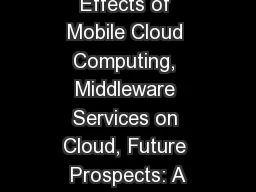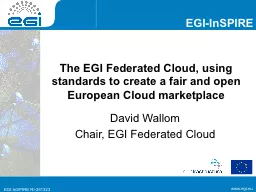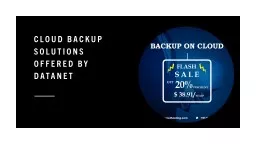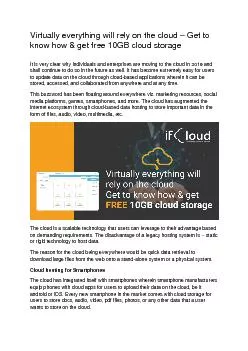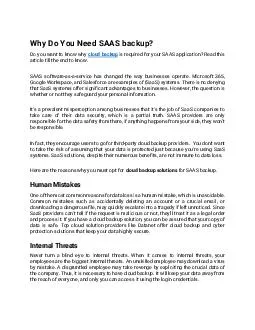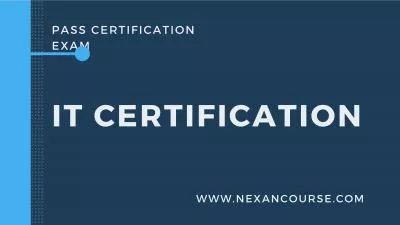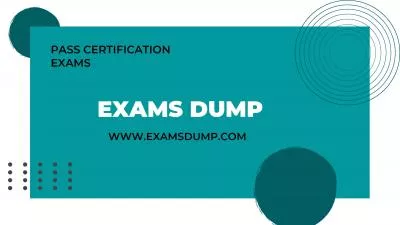PPT-The Cloud Chapter 6 “ How
Author : karlyn-bohler | Published Date : 2018-11-08
About 10 Per T erabyte Lease storage capacity from third party All incoming data from drones automatically uploaded Average monthly storage costs cut at least
Presentation Embed Code
Download Presentation
Download Presentation The PPT/PDF document "The Cloud Chapter 6 “ How" is the property of its rightful owner. Permission is granted to download and print the materials on this website for personal, non-commercial use only, and to display it on your personal computer provided you do not modify the materials and that you retain all copyright notices contained in the materials. By downloading content from our website, you accept the terms of this agreement.
The Cloud Chapter 6 “ How: Transcript
Download Rules Of Document
"The Cloud Chapter 6 “ How"The content belongs to its owner. You may download and print it for personal use, without modification, and keep all copyright notices. By downloading, you agree to these terms.
Related Documents

